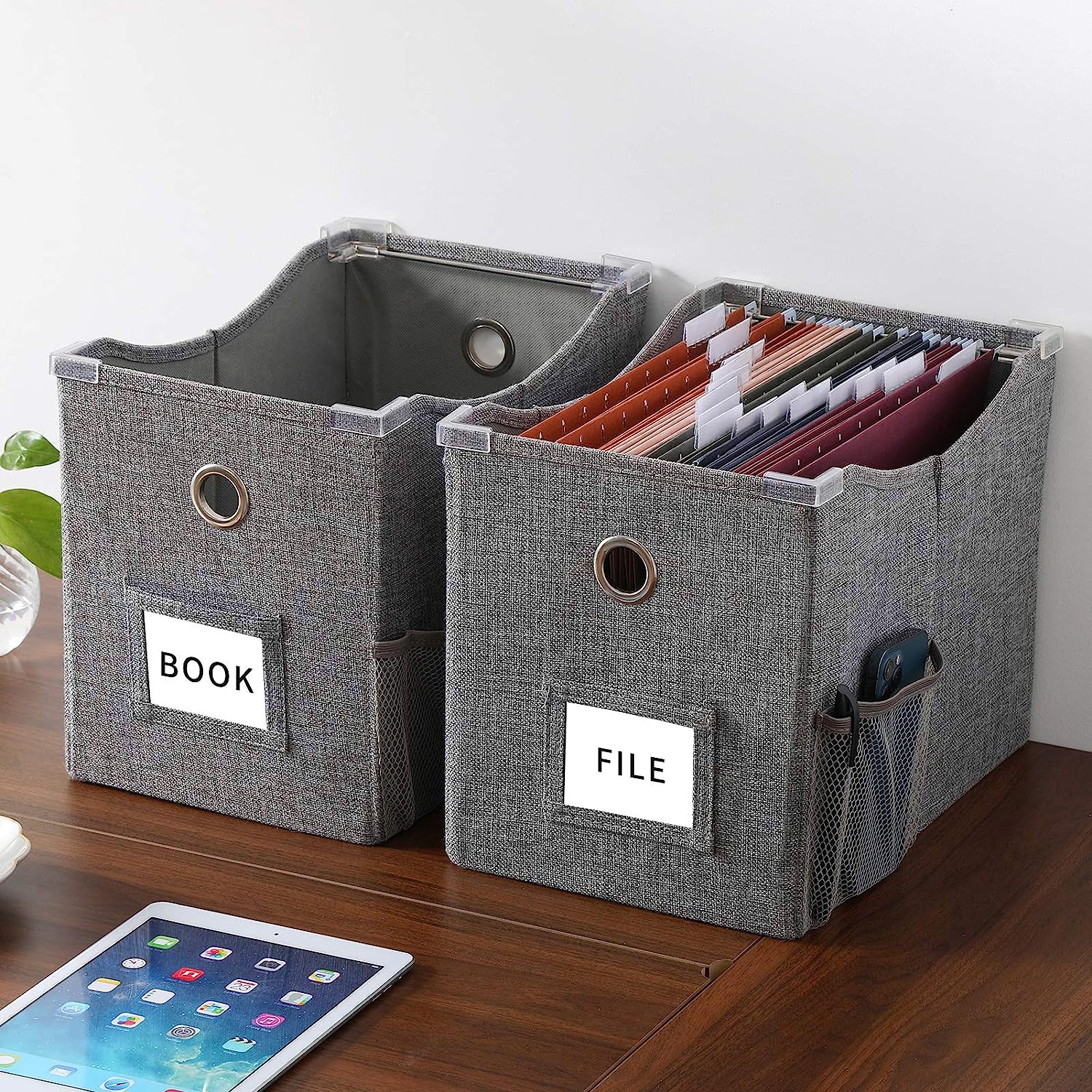Home> File Organization
File Organization Mastery: Unlock Efficiency & Productivity Now!
Discover file organization strategies that revolutionize your workflow. Learn to streamline your storage, boost productivity & make file searching a breeze.
14 Best Document Storage For 2024
By: Benjamin Parker • Your Complete Guide To Storage Containers
11 Best Document Storage Box For 2024
By: Alexander Johnson • Your Complete Guide To Storage Containers
Top 15 White Filing Cabinets in 2024
By: Lily Evans • 35 Most Coveted Storage Cabinets In 2022
5 Best Small Filing Cabinets for 2024
By: Emily Roberts • 35 Most Coveted Storage Cabinets In 2022
The 12 Best File Cabinets of 2024
By: Sophia Turner • 35 Most Coveted Storage Cabinets In 2022
55 Best Lateral File Cabinet In 2022
By: Samuel Turner • 100 Best Office File Cabinets That Are Super Useful
20 Best 2 Drawer File Cabinet (2022 Edition)
By: Sophie Thompson • 100 Best Office File Cabinets That Are Super Useful
25 Best Portable File Box Options (2022 Edition)
By: Benjamin Parker • The Ultimate Guide To Have The Perfect Office File Organizer








